Bottle Brush Grass, also known as Elymus hystrix, belongs to the Poaceae family and is native to North, Central, and Eastern parts of the U.S.A. This perennial grass thrives in hardiness zones 5 through 9 and is a valuable addition to native plant gardens due to its adaptability and unique appearance.
Recognized for its distinctive, brush-like seed heads, this native grass provides ecological benefits, serving as a food source for wildlife, particularly mice that feed on its seeds. There is ongoing research into its potential for domestication as a forage crop for livestock and possibly as a future food resource for humans.
Elymus hystrix’s resilience and low-maintenance nature make it an ideal choice for gardeners looking to support local ecosystems while enhancing their landscapes with a native grass that is both practical and visually interesting.
| Common name | Bottle Brush Grass, Bottlebrush Grass |
| Botanical name | Elymus hystrix |
| Family | Poaceae |
| Species | hystrix |
| Origin | North, Central and Eastern U.S.A |
| Life cycle | Perennial |
| Plant type | Native Plant |
| Hardiness zone | 5, 6, 7, 8, 9 |
| Sunlight | Dappled Sunlight |
| Soil condition | Clay |
| Drainage | Well-Drained |
| Harvest time | Summer |
| Flowering period | Summer |
| Height | 2 ft. – 4 ft. |
| Flower color | Brown, Copper |
| Leaf color | Blue |
| Fruit type | Caryopsis |
| Flower benefit | Good Cut |
| Garden style | Garden for the Blind |
| Uses | Naturalized Area |
I. Appearance and Characteristics
Elymus hystrix, known as eastern bottlebrush grass, or bottle-brush-grass, is a bunchgrass in the grass family, Poaceae. Elymus hystrix is found in the United States east of the Great Plains as well as in Eastern Canada. It is usually found in rocky, wet, and partially shaded habitat such as near rivers, creeks, or woods. Elymus hystrix does not grow well in heavily shaded areas and often inhabits the regions on the edge of shaded wooded areas such as forests. Growth of Elymus hystrix appears to be inhibited by excess shade, but is relatively resistant to soil compaction when compared to other herbaceous plant species.
Elymus hystrix was first described by Carl Linnaeus in 1753. It was transferred to the new genus Hystrix as the type species Hystrix patula by Conrad Moench in 1794. Genomic studies from the 1960s onwards showed that it does in fact belong in Elymus.
The grass is green but turns brown as it matures, typically beginning in late summer. It grows to a height of between 2 and 5 feet (61 cm. to 1.5 m.). The seed heads grow well above the leaves of grass, which are only about one foot (31 cm.) long. Bottlebrush grass in gardens and in native settings tends to grow in attractive clumps. It works well as a backdrop in beds with shorter plants in front of it, or along walkways and edges as a tall, grassy hedge.
Elymus hystrix is self-compatible; that is, it can reproduce using its own pollen. Elymus hystrix is a perennial meaning it does not completely die at the end of each season, but comes back the next year.
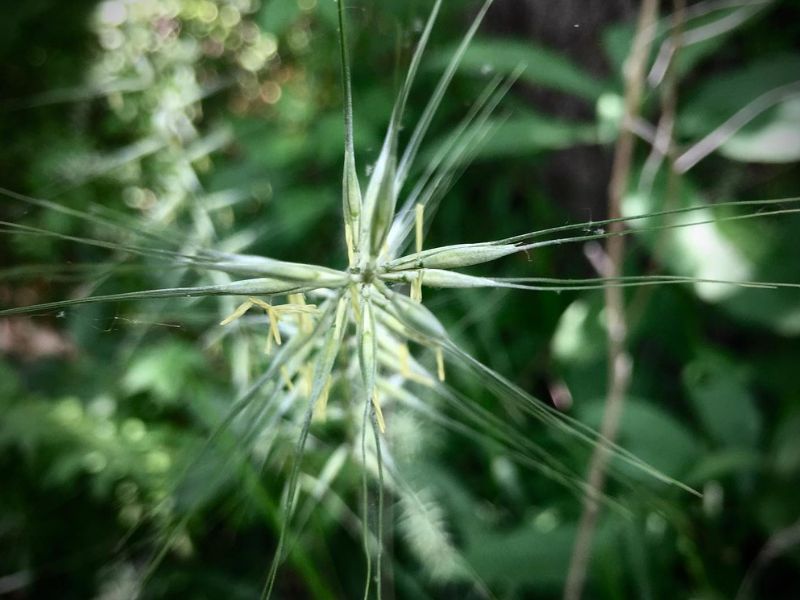
Elymus hystrix has four copies of its genome, exhibiting a type of polyploidy called tetraploidy.
Mus musculus, or mice, feed on Elymus seeds. It is reasonable that through domestication and enhancement of seed size and nutritional value seeds of Elymus hystrix could be useful for consumption by other vertebrates such as humans. Similar species of grasses are eaten by livestock throughout the United States. Other Elymus species have been found to be high in crude protein when compared to other native grasses, but research is needed to investigate whether specifically Elymus hystrix also exhibits this trait. It is also not immediately evident how nutritious the herbaceous grassy portion of the plant would be to humans, but potential for Elymus hystrix as a food source for livestock is also of interest.
II. How to Grow and Care
Sunlight
Eastern bottle-brush grass thrives under partial sun conditions, where light is dappled or gently filtered through canopy leaves, fitting well into its natural woodland environment. Optimal growth is observed with morning sunlight and afternoon shade, balancing light exposure without overwhelming the plant.
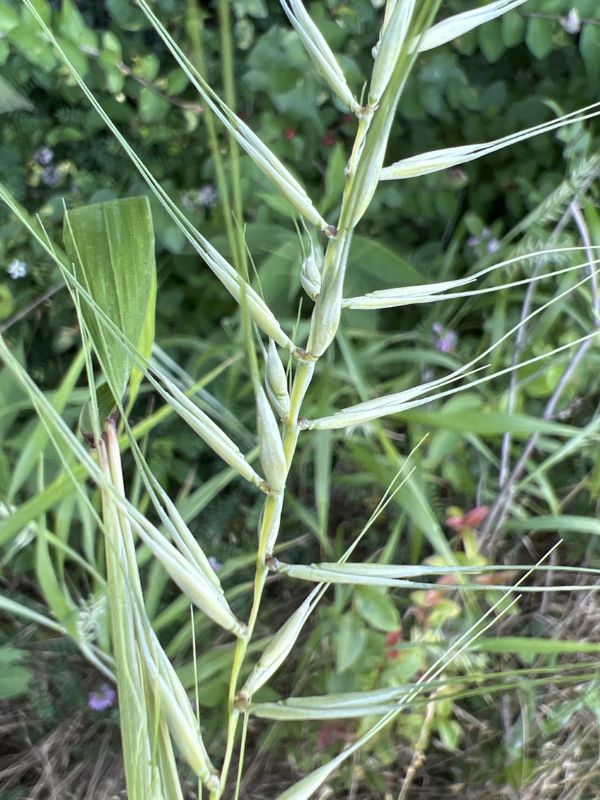
Eastern bottle-brush grass’s tolerance extends to full sun, especially in regions with cooler temperatures, but excessive light can lead to stress, evident through scorched leaves or reduced vigor. Outdoors, eastern bottle-brush grass prospers on the edges of forests or in open areas where it can receive ample morning light while being protected during peak sun intensity.
Watering
Originating from temperate regions, eastern bottle-brush grass is adapted to environments with moderate moisture levels. This species exhibits a preference for consistent hydration but can withstand short periods of dryness. To maintain its health and vigor, it benefits from watering twice a week. As an outdoor plant that thrives in natural light, eastern bottle-brush grass often experiences enhanced growth during the rainy season, which naturally aligns with its water needs.
Soil
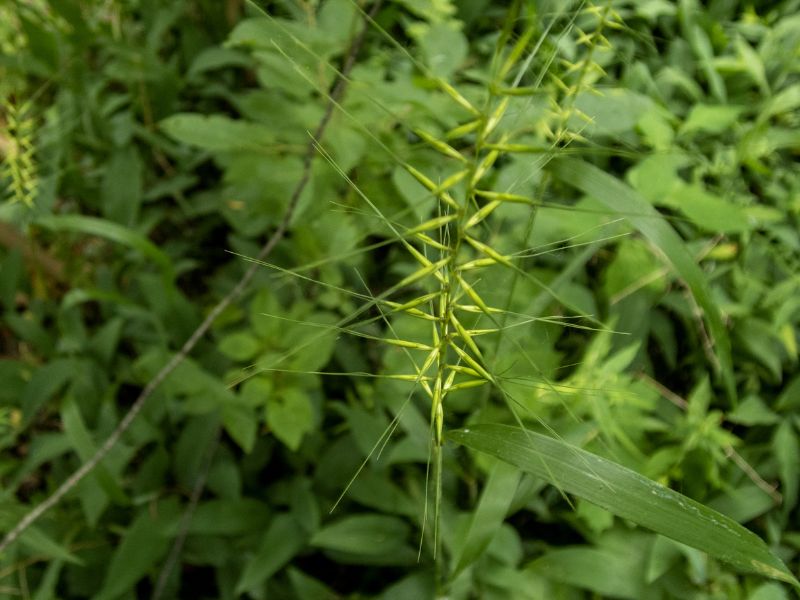
Soil for this grass is ideally sandy and loamy, but it should do well in most soil conditions. You can grow bottlebrush grass in containers as well, as long as there is good drainage.
Fertilizing
For eastern bottle-brush grass, a balanced fertilizer promotes vigor and resilience. Apply a diluted liquid, balanced fertilizer biannually, during spring growth and after seeding. Use sparingly to prevent over-fertilization, which can lead to poor health. Seasonal changes influence nutrient uptake; lighter applications in fall prepare eastern bottle-brush grass for dormancy. Employ slow-release formulas for sustained nourishment. Avoid root burn by watering before and after fertilizing. Follow label instructions and monitor eastern bottle-brush grass’s response to adjust practices as needed for optimal plant health.
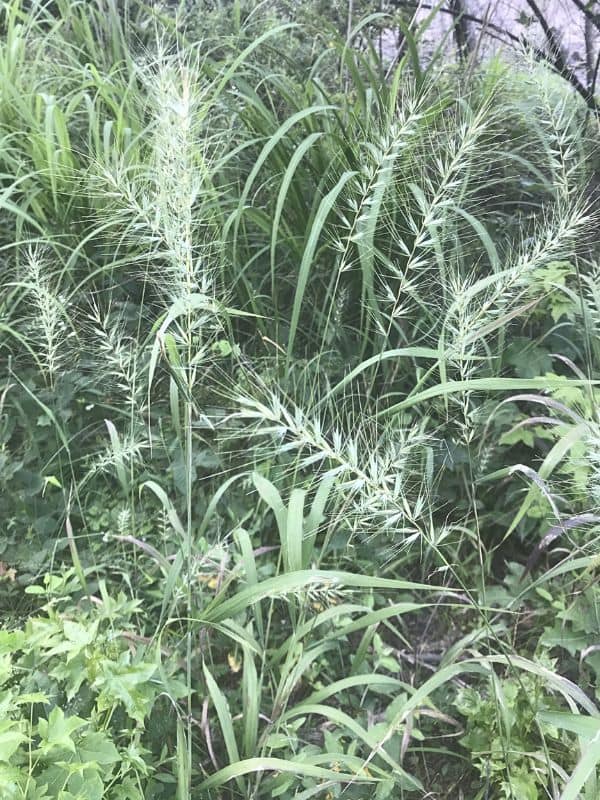
Transplanting
Transplanting eastern bottle-brush grass thrives in late spring to early summer, which presents favorable conditions for root development. A spot with partial to full sun exposure is ideal. Remember, pay extra attention to provide sufficient water during the initial weeks post-transplant.
III. Uses and Benefits
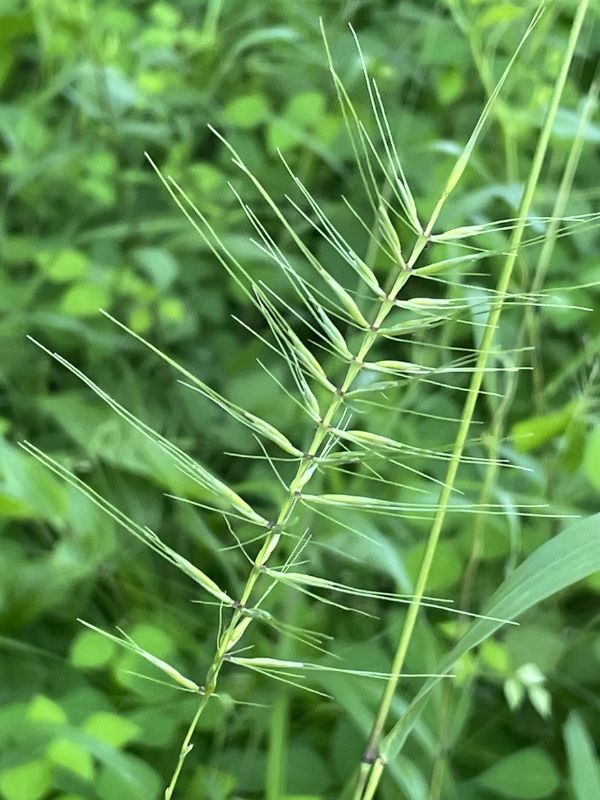
Excellent choice for drought-prone gardens, this ornamental grass is perfect for prairie plantings or woodland gardens.
Find Where to Buy the Best Bottlebrush Grass (Elymus hystrix)

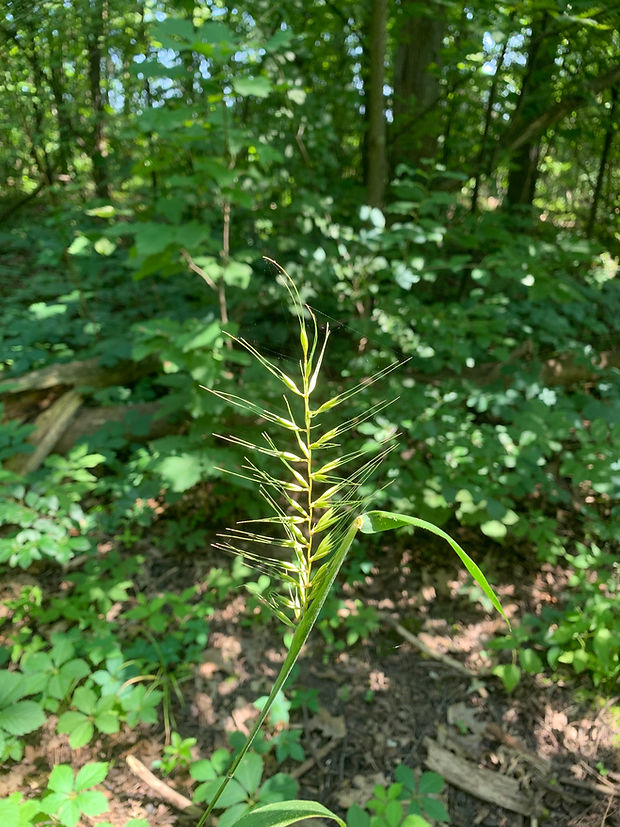
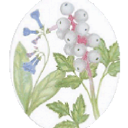

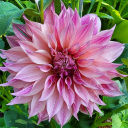

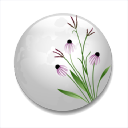
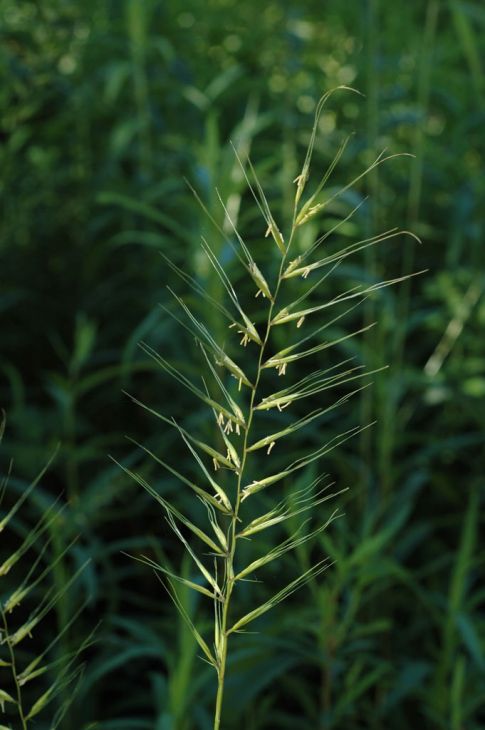
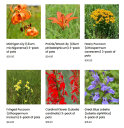

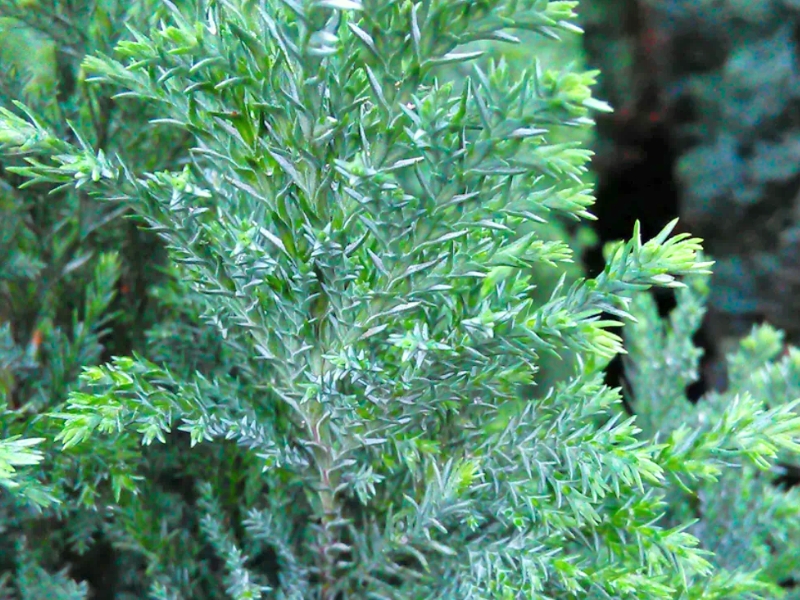
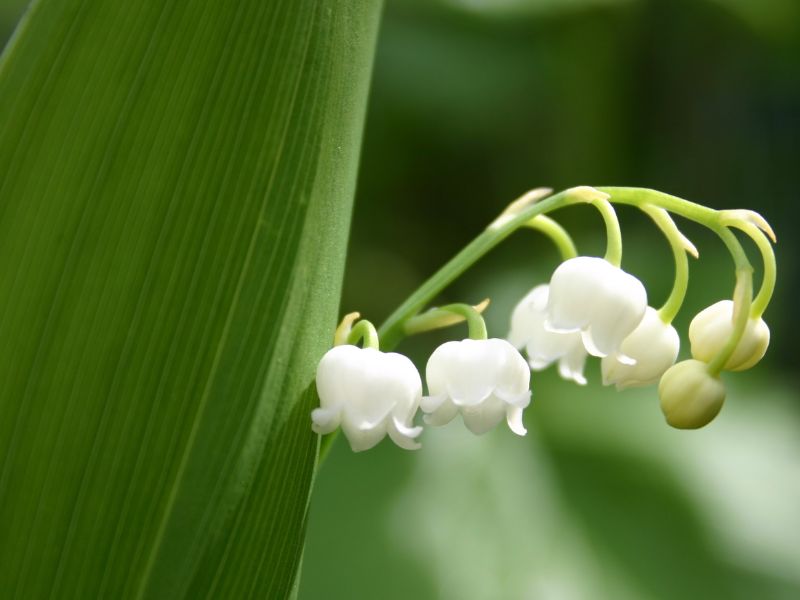
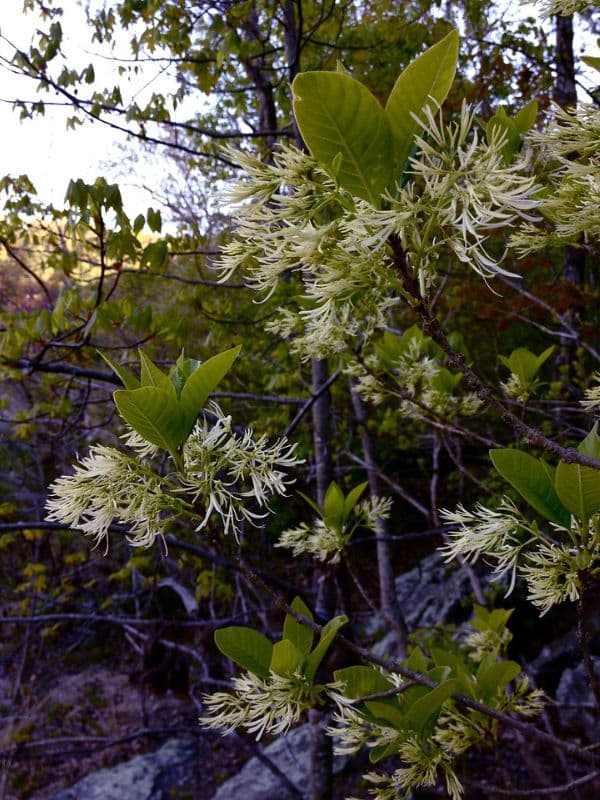
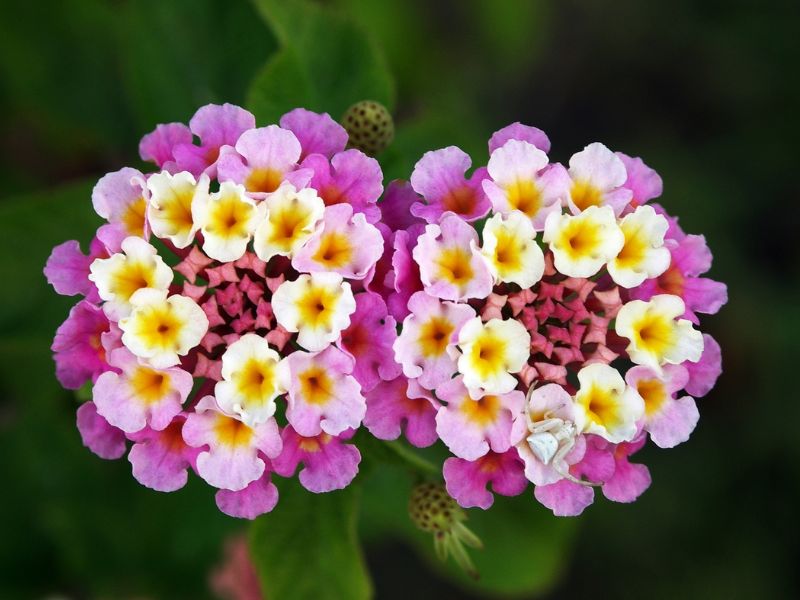
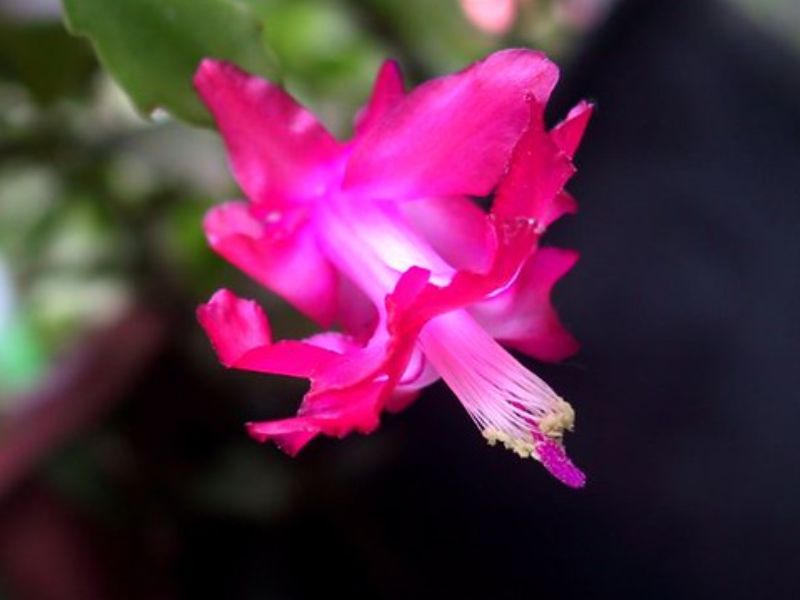
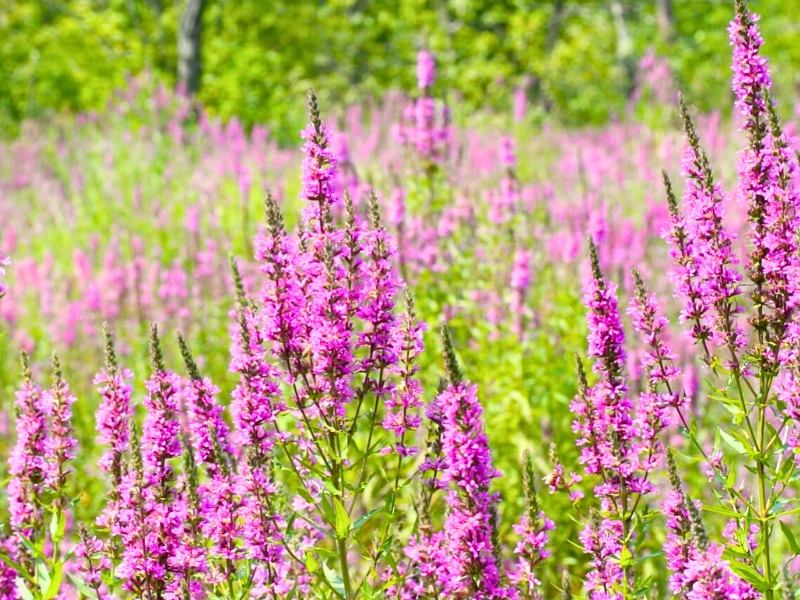
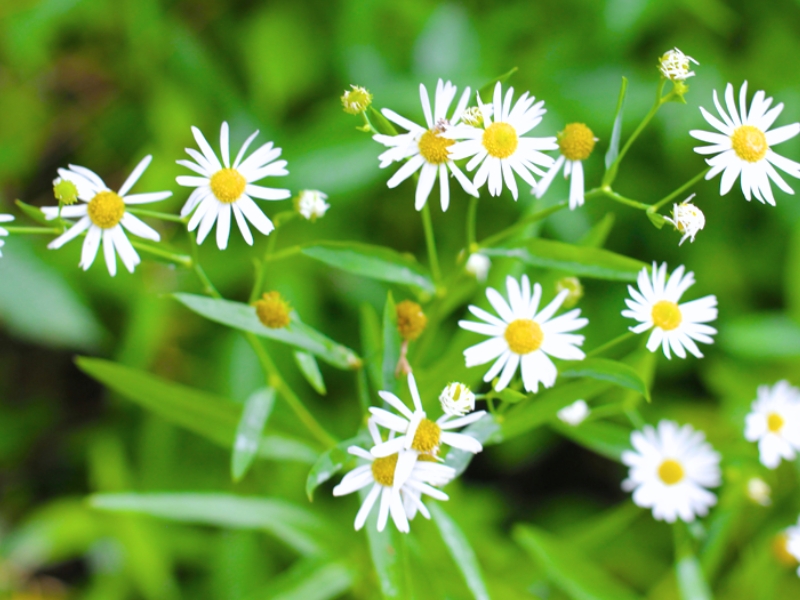
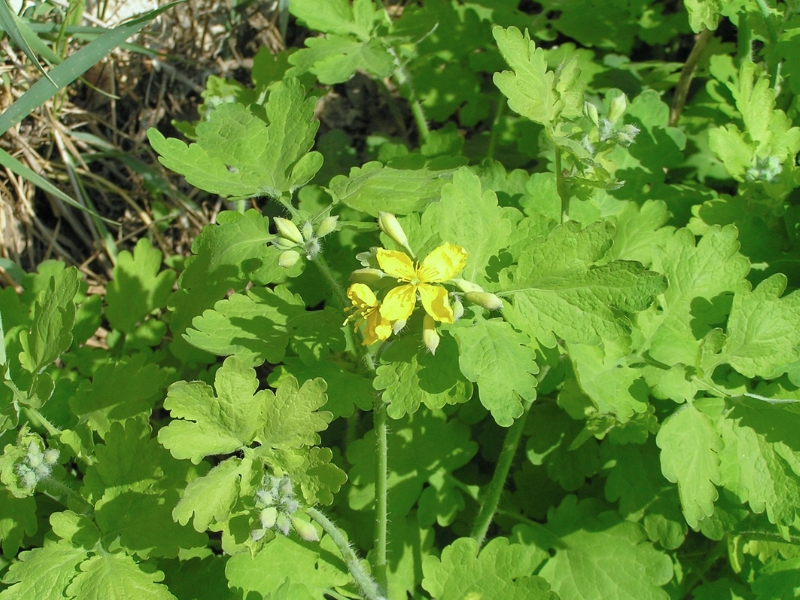
Leave a Reply